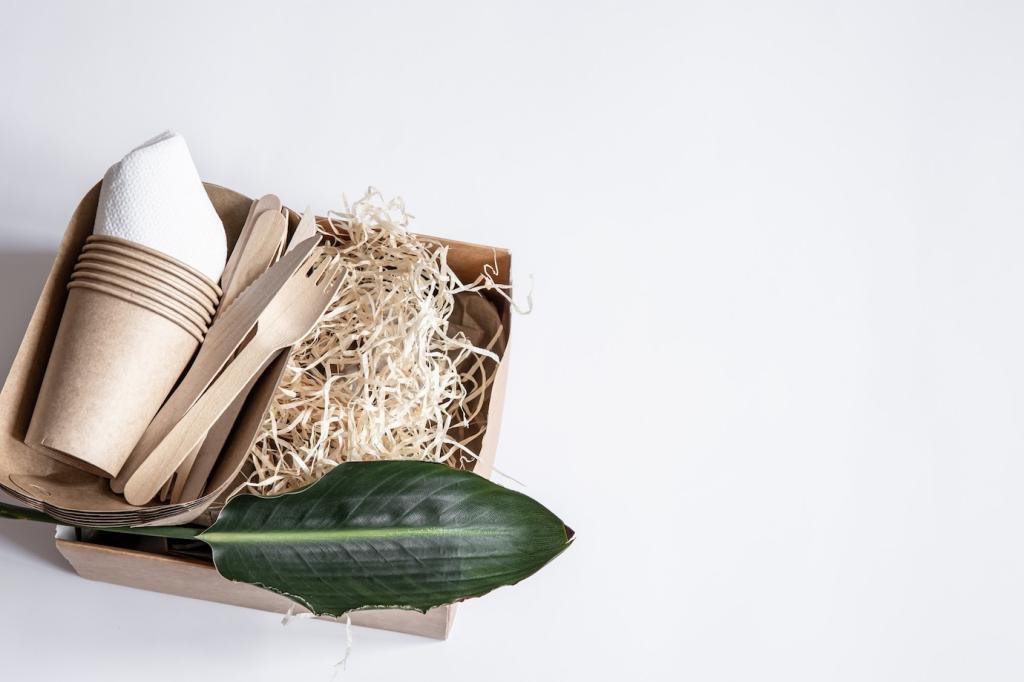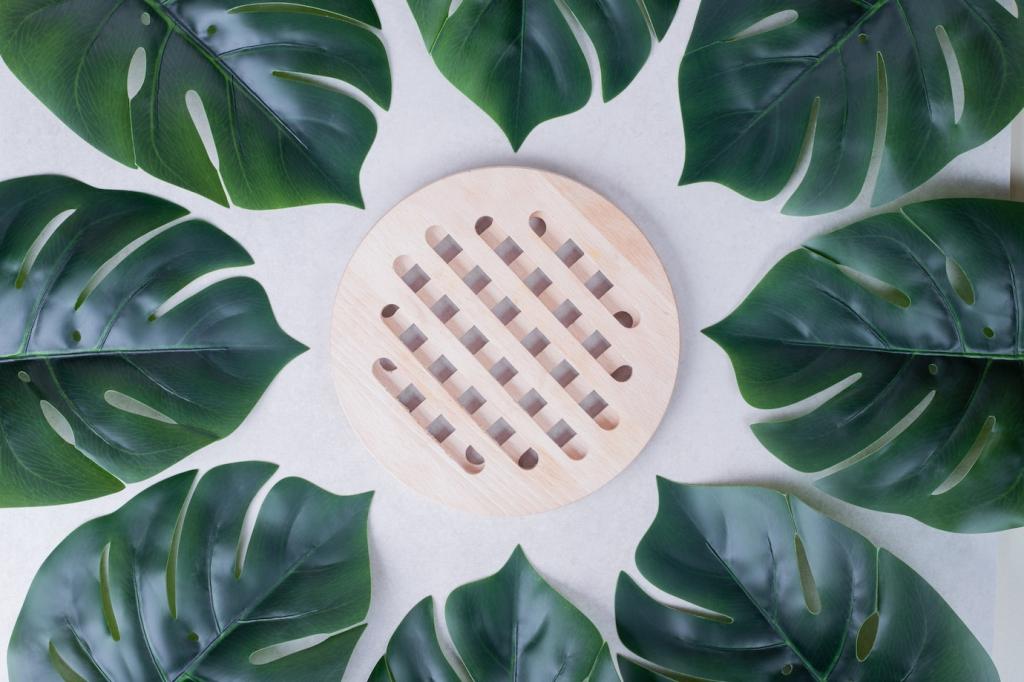
Biophilic Design Principles: Rewild Your Everyday Spaces
Chosen theme: Biophilic Design Principles. Welcome to a friendly guide for blending nature’s wisdom into the places you live and work, with stories, science, and simple steps you can try today.

Direct Connections: Light, Air, and Water
Start with the essentials: abundant daylight, adjustable fresh airflow, and the calming presence of water. Open blinds, use operable windows, and consider small tabletop fountains. Tell us which natural element your space needs most.

Indirect Cues: Materials, Patterns, and Color
When direct nature is limited, Biophilic Design Principles lean on natural materials, biomorphic patterns, and earth-toned palettes. Think warm wood, stone textures, and gentle fractals that subconsciously echo forests, coastlines, and riverbeds.

Prospect and Refuge for Comfort
Design for open views (prospect) paired with protective nooks (refuge). A window-facing desk with a high-backed chair creates safety and awareness. Share a photo of your favorite refuge corner and why it calms you.
The Science That Makes Biophilic Design Work
Multiple studies suggest brief nature contact can reduce perceived stress and support lower cortisol levels. Even ten minutes near plants or daylight can help. Try a daily sunlight microbreak and tell us how you feel afterward.
The Science That Makes Biophilic Design Work
Attention Restoration Theory proposes that softly fascinating natural cues help replenish mental focus. Biophilic Design Principles use gentle complexity—like fractal patterns and dappled light—to support deep work without taxing your attention.
The Science That Makes Biophilic Design Work
Track small indicators: mood notes, sleep quality, and afternoon energy. If you can, measure light levels and indoor air quality. Share your before-and-after impressions as you add biophilic elements, however small, to your routine.
Home Applications: Small Steps, Big Biophilic Wins
Light Mapping Ritual
Walk your home morning and afternoon to notice sun paths, glare, and shadow. Move a reading chair or desk to catch gentle daylight. Post your favorite sunlit spot and invite others to discover theirs.
Plant Layering Strategy
Create canopy, mid, and ground layers using tall palms, tabletop foliage, and trailing vines. Choose varieties suitable for your light and furry companions. Tell us your low-maintenance favorites and how they changed your room’s mood.
Material Swaps That Matter
Replace plastic-heavy surfaces with wood, cork, rattan, clay, and linen. Prioritize low-VOC finishes and honest textures. Share one biophilic swap you’ll commit to this month, and inspire a friend to try it too.
Workplace Biophilia: Healthier Teams, Smarter Spaces
Zones for Focus and Refuge
Blend open prospect areas with quiet refuge pods. Use high-backed seating, living partitions, and sound-softening natural fibers. Ask your team where they feel most alert, then refine the layout with their feedback.
Shared Biophilic Moments
Host quick plant-care breaks, daylight walks, or mindful minutes near a window. These micro-rituals build community and reinforce biophilic habits. Invite colleagues to share favorite nature playlists or window views that reset their minds.
Measure, Learn, Iterate
Track simple metrics: daylight availability, perceived distraction, and meeting fatigue. Adjust seating, shading, and plant placement accordingly. Post the results for your team and ask what biophilic tweak they want to pilot next.
Story: A Corridor Transformed by Biophilic Design
A soft water sound and a subtle cedar note signaled arrival without overwhelming anyone’s senses. For sensitivity safety, scent was optional. Tell us which sensory cues help you unwind without stealing attention.

Keep It Alive: Maintaining Biophilic Principles Over Time
Shift textiles, branches, and colors with the seasons. Spring brings airy linens; autumn welcomes warm wools. Show your seasonal switch and explain how it changes your daily energy and comfort.

Keep It Alive: Maintaining Biophilic Principles Over Time
Create a simple schedule for watering, pruning, and repotting. Assign roles at home or work to share ownership. Post tips that helped your plants thrive, and ask our community for troubleshooting advice.
